Rebecca Wright, Principal at Plus Architecture, weighs in on the innovative nine-day fortnight work model, shedding light on its impact on work-life balance and productivity.
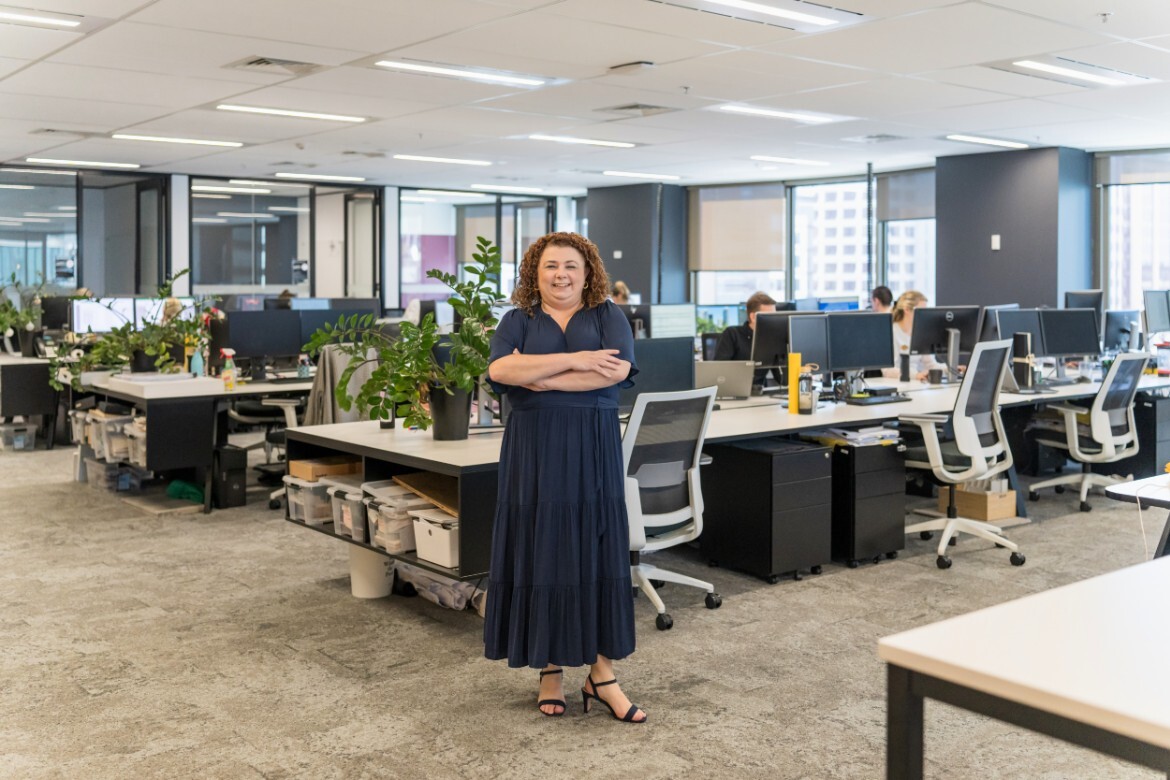
March 27th, 2025
Please tell us about the recent changes with your nine-day working fortnight?
We’ve now fully implemented a nine-day fortnight across our Brisbane and Gold Coast studios, making it a permanent part of our employee benefits program. This follows a successful trial that saw improvements in team well-being, productivity, time management, staff retention and overall business performance.
The program gives employees every second Monday off, with structured scheduling to ensure project continuity. Over time, we refined the process to enhance planning, communication, and handovers, leading to a highly effective and balanced system.

Why did you make the change?
Architecture is often associated with long hours and high-pressure deadlines. We wanted to challenge the norm and create a healthier, more balanced work structure that prioritises well-being without compromising productivity.
The additional day off every fortnight allows our team to recharge, handle life admin, or focus on personal interests, leading to greater engagement and efficiency during work hours. The trial also showed reduced personal leave, steady revenue and stronger team collaboration, showing that flexible work arrangements benefit both employees and the business.
What are some of the problems in work culture within the architecture and design industry?
Architects and designers are problem-solving artists driven by passion and a pursuit of perfection. Their dedication often makes it difficult to switch off or simply finalise a task. Always working to the deadline, they often find it difficult to move on, as a project never feels fully designed until it is built. This, combined with high expectations from programs, clients and the business, can lead to burnout. Working longer hours doesn’t necessarily equate to better results – it often highlights inefficiencies in process, compromising well-being.
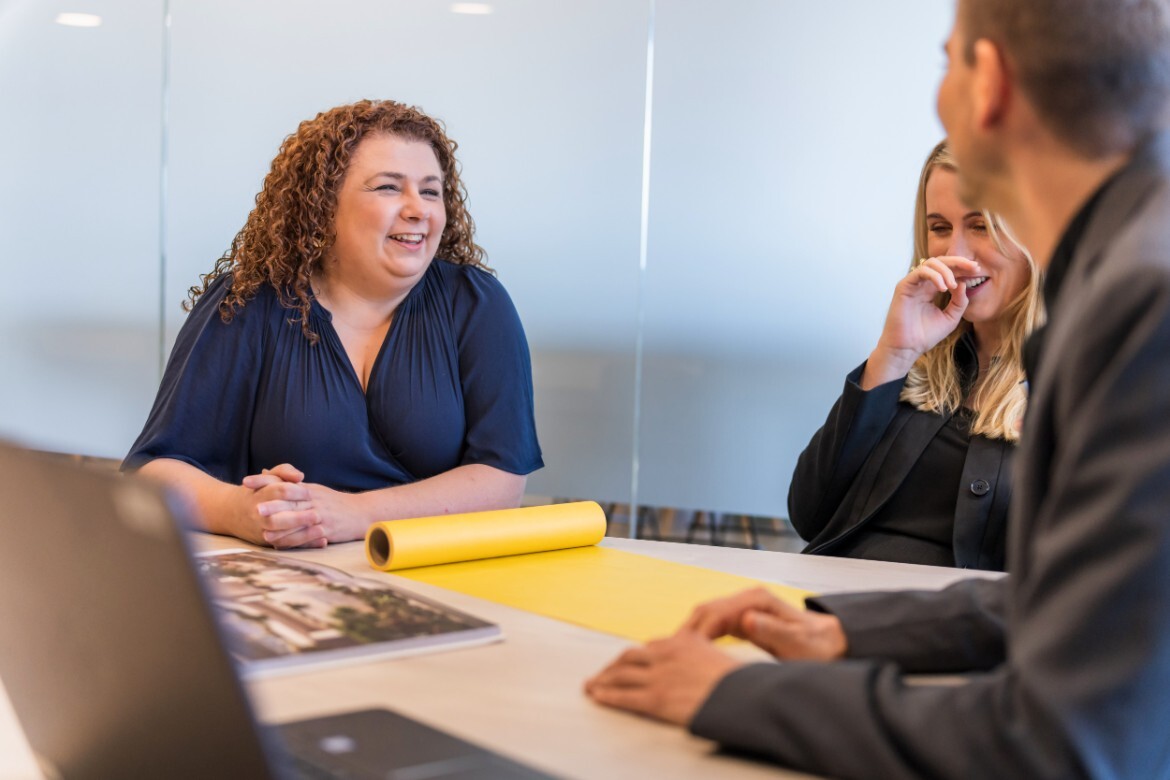
Where does it come from – perhaps the culture of all-nighters at architecture school or the romantic ideal of a masochistic creative devoted to their work?
All-nighters in architecture school can stem from heavy workloads, poor time management, and unrealistic faculty expectations, compounded by last-minute feedback. Students who develop strong organisational skills early can avoid this culture.
Unfortunately, time management is rarely taught directly – most learn through trial and error. These skills continue developing in professional settings as graduates balance multiple responsibilities. Introducing these skills earlier could help eliminate all-nighter culture in both education and practice.
In our experience architects are motivated by design’s impact, problem-solving challenges, and the ability to shape human experiences. While university encourages creative exploration, industry experience builds practical expertise and appreciation for real-world architecture.
The transition to practice often brings challenges as timelines, external pressures and financial constraints compromise architectural ideals. Despite these frustrations, the profession’s complex problem-solving nature continues to fuel passion and keeps architects genuinely invested in their work.
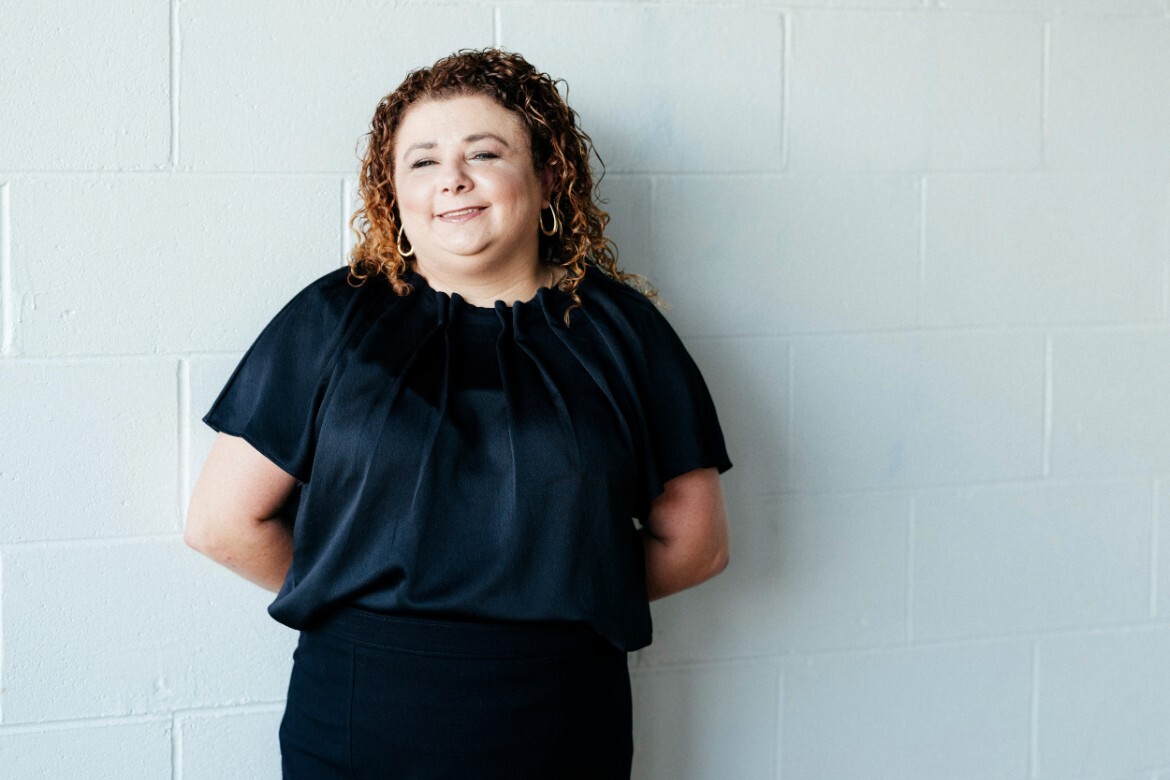
With design work, is it a case of ‘less is more’ sometimes?
The nine-day fortnight has shown that less time at the desk doesn’t mean less output. If anything, it has encouraged the team to be more intentional with their time and more effective in their workflows.
Stepping away and recharging often leads to fresh perspectives and more innovative solutions. Employees have become more organised and proactive, asking for help earlier and refining their project delivery processes.
Additionally, the structure of the work week has evolved naturally. Mondays are now calmer, mid-week is bustling with meetings, training ,and collaboration, and Fridays serve as a time for planning and culture-building activities. This structure has helped reinforce the idea that great design is driven by quality, not just the number of hours spent.
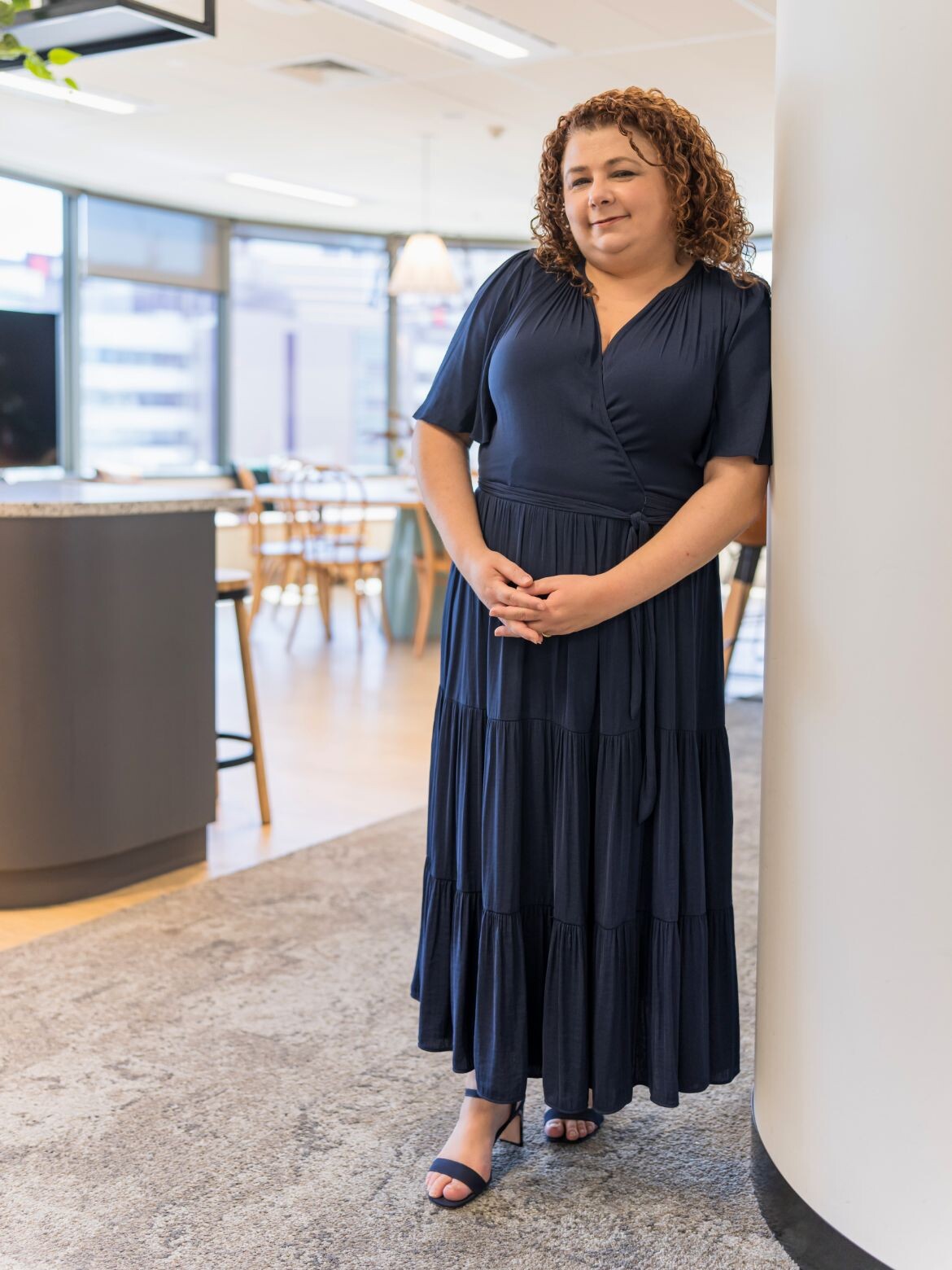
Do you see this kind of trend taking root more widely?
We hope so. The success of our trial shows that alternative models can benefit both employees and clients. As businesses recognise the link between well-being and efficiency, I think we’ll see more companies adopting flexible work structures.
One of our initial concerns was how clients would react, but we found that they barely noticed the change because we had strong planning and communication in place.
While some employees have opted to return to a 10-day fortnight due to personal preferences, the fact that many have embraced the new model shows that this kind of flexibility is valued. We believe that the profession is moving toward a more balanced and sustainable way of working.
Next up: How is the Brisbane design landscape evolving ahead of the Olympics?
INDESIGN is on instagram
Follow @indesignlive
A searchable and comprehensive guide for specifying leading products and their suppliers
Keep up to date with the latest and greatest from our industry BFF's!

A longstanding partnership turns a historic city into a hub for emerging talent

Welcomed to the Australian design scene in 2024, Kokuyo is set to redefine collaboration, bringing its unique blend of colour and function to individuals and corporations, designed to be used Any Way!
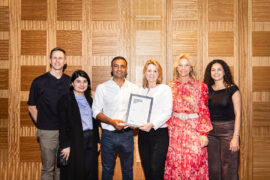
The winners of two major Powerhouse design initiatives – the Holdmark Innovation Award and the Carl Nielsen Design Accelerator – have been announced with the launch of Sydney Design Week 2025.
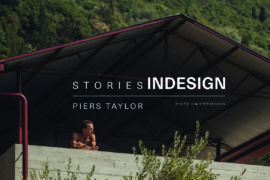
Piers Taylor joins Timothy Alouani-Roby at The Commons to discuss overlaps with Glenn Murcutt and Francis Kéré, his renowned ‘Studio in the Woods,’ and the sheer desire to make things with whatever might be at hand.
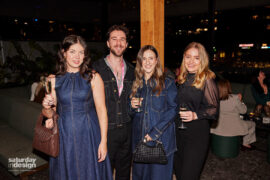
On 6th September 2025, Saturday Indesign went out with a bang at The Albion Rooftop in Melbourne. Sponsored by ABI Interiors, Woodcut and Signorino, the Afterparty was the perfect finale to a day of design, connection and creativity.
The internet never sleeps! Here's the stuff you might have missed
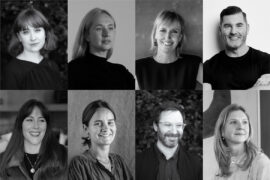
Whether you’re an architect, interior designer or student eager to learn, the 2025 Design Discussion series at Saturday Indesign will inspire fresh perspectives. Check out the schedule now!
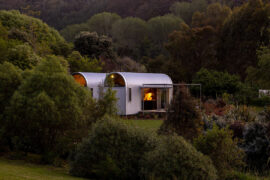
Projects and people from across our region were certainly prominent at the 2025 INDE.Awards gala and in particular, Aotearoa/New Zealand, Singapore and Thailand made their presence felt.